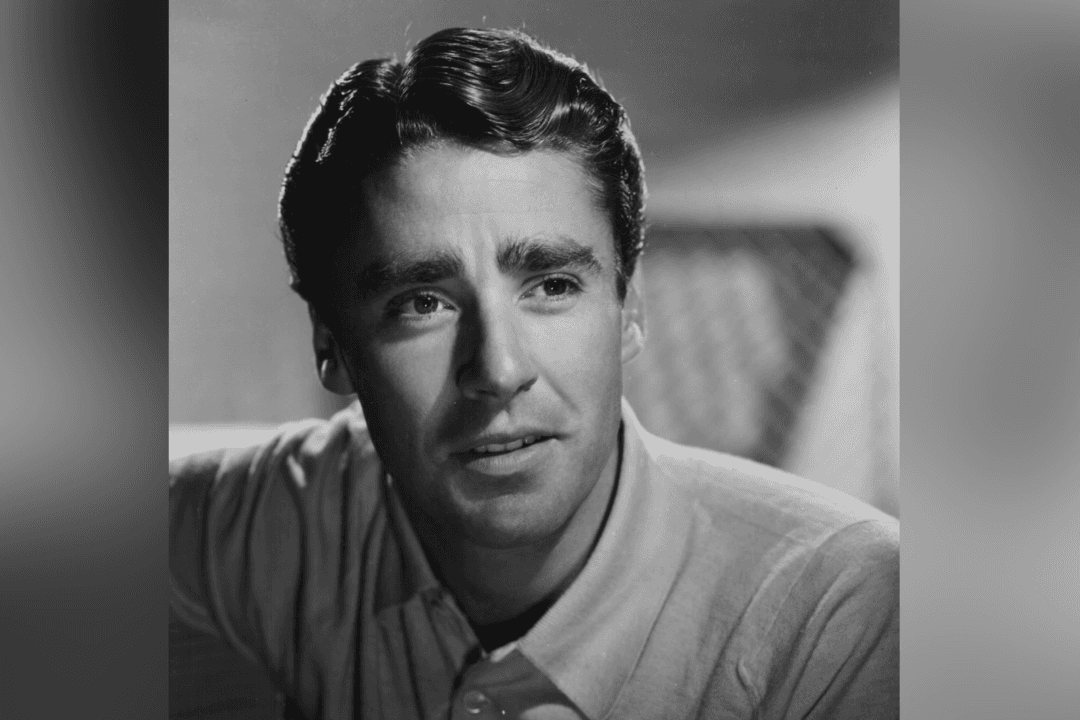Commentary
Football is a major topic of discussion right now, as fans process Damar Hamlin’s startling medical emergency and anticipate the finals later this month. If modern football is too much for you, but you still enjoy the game, you may want to escape the news cycle with a classic film about the beloved sport. Personally, I’m not a sports fan, but I enjoy many old movies which are centered around athletic events. One of my favorite films about football is “Good News” from 1947.





